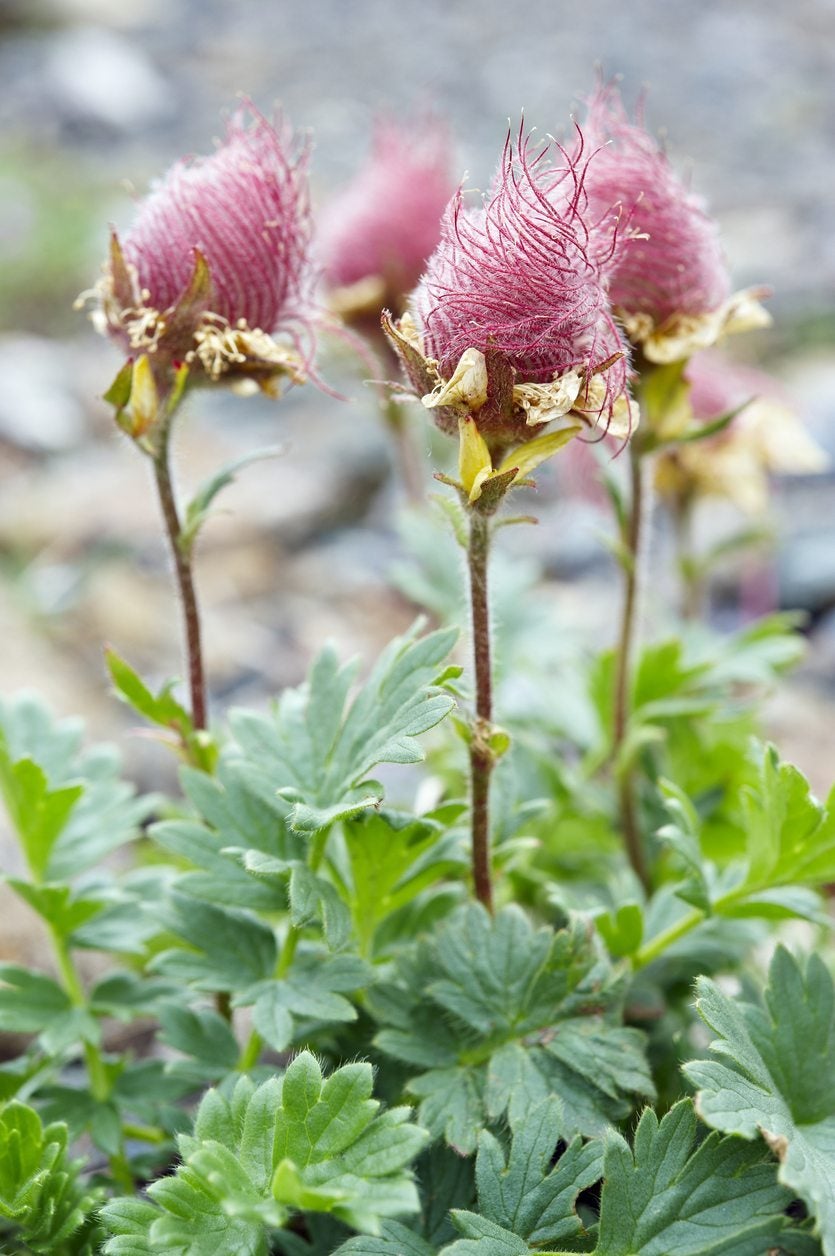What Is Geum Reptans – Tips For Growing Creeping Avens Plants


What is Geum reptans? A member of the rose family, Geum reptans (syn. Sieversia reptans) is a low-growing perennial plant that produces buttery, yellow blooms in late spring or summer, depending on the climate. Eventually, the flowers wilt and develop attractive fuzzy, pink seedheads. Also known as creeping avens plant for its long, red, strawberry-like runners, this hardy plant is native to the mountainous regions of Central Asia and Europe. If you are interested in learning how to grow Geum creeping avens, read on for helpful tips.
How to Grow Geum Creeping Avens
Reportedly, creeping avens plant is suitable for growing in USDA plant hardiness zones 4 through 8. Some sources say the plant is hardy only to zone 6, while others say it is tough enough for climates as low as zone 2. Either way, the growing creeping avens plant appears to be relatively short lived.
In the wild, creeping avens prefers rocky, gravelly conditions. In the home garden, it does well in a gritty, well-drained soil. Look for a location in full sunlight, although afternoon shade is beneficial in warmer climates.
Plant creeping avens seeds directly in the garden after all danger of frost has passed and daytime temperatures reach 68 F. (20 C.) Alternatively, start seeds indoors six to nine weeks ahead of time. Seeds usually germinate in 21 to 28 days, but they may take much longer.
You can also propagate Geum reptans by taking cuttings in late summer, or by dividing mature plants. It’s even possible to remove the plantlets at the end of the runners, but plants propagated in this manner may not be as prolific.
Creeping Avens Care
When caring for Geum reptans, water occasionally during hot, dry weather. Creeping avens plants are relatively drought tolerant and don’t require a lot of moisture. Deadhead wilted blooms regularly to promote continued blooming. Cut creeping avens plants back after blooming to refresh and rejuvenate the plant. Divide creeping avens every two or three years.
Sign up for the Gardening Know How newsletter today and receive a free copy of our e-book "How to Grow Delicious Tomatoes".

A Credentialed Garden Writer, Mary H. Dyer was with Gardening Know How in the very beginning, publishing articles as early as 2007.